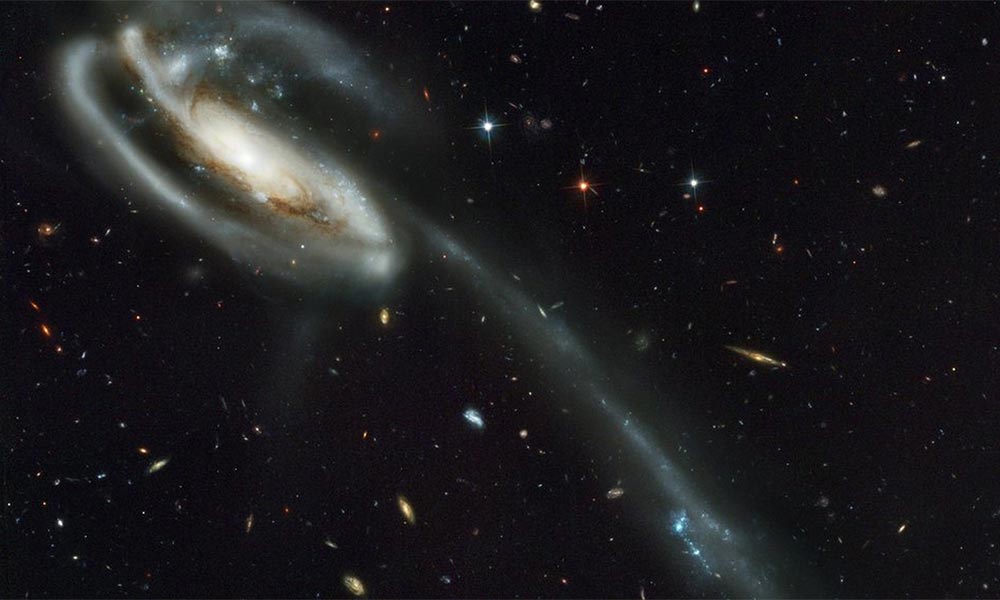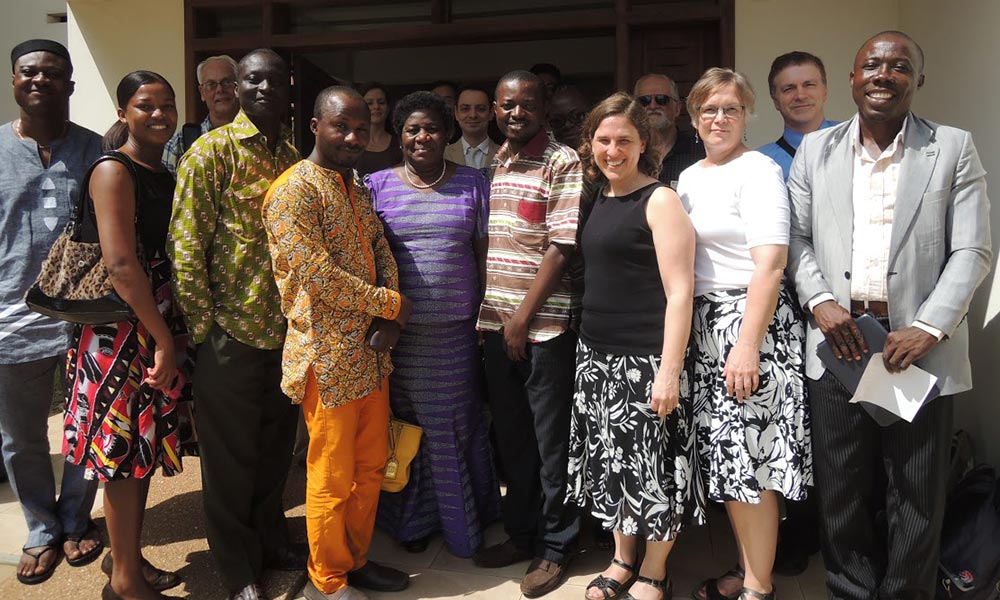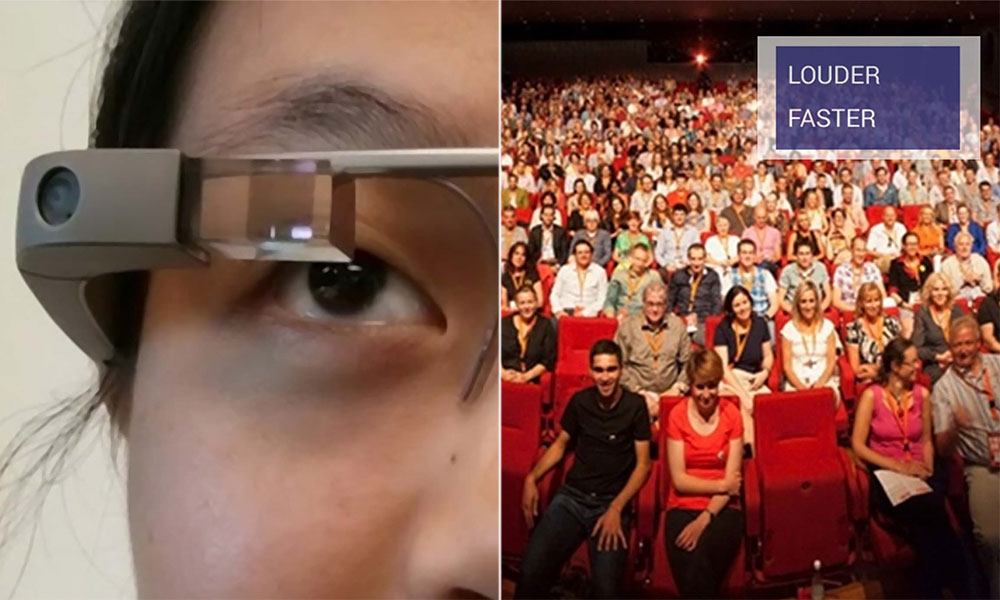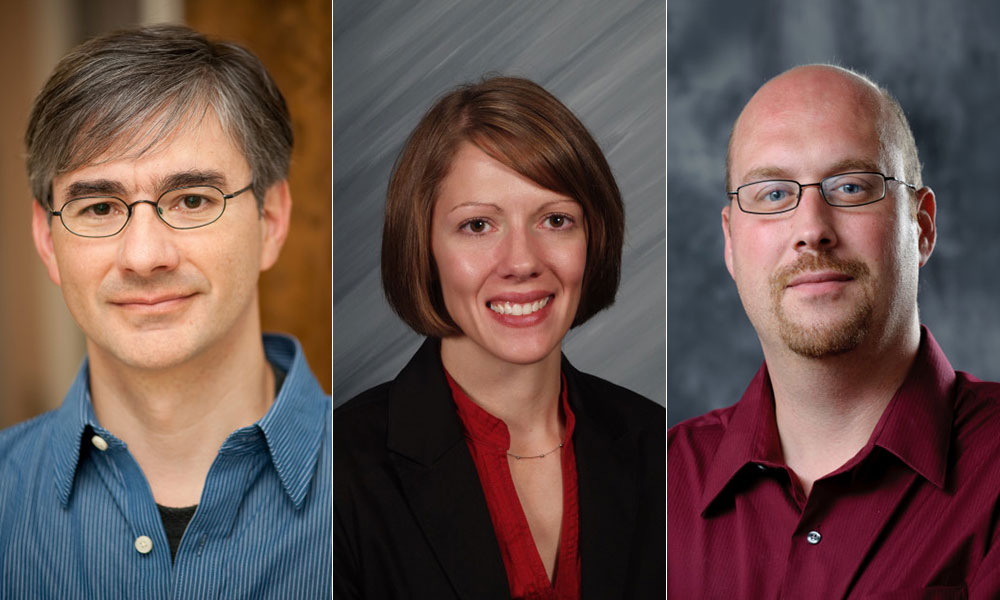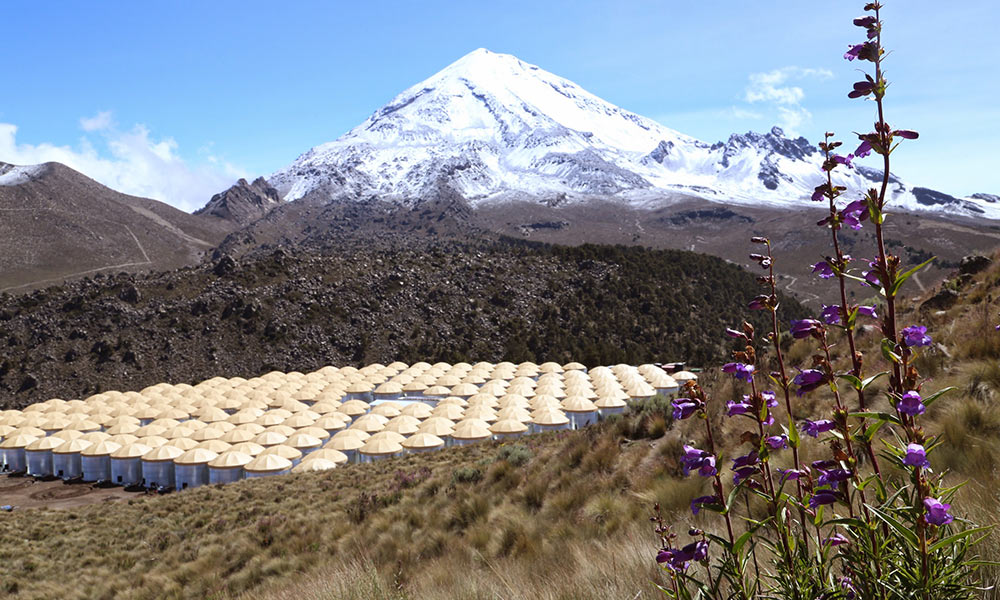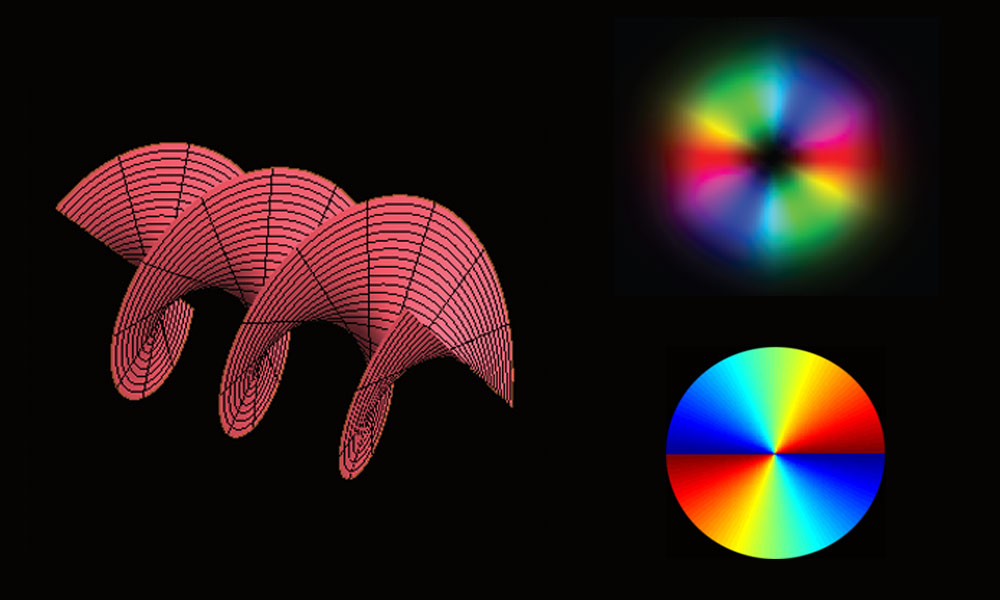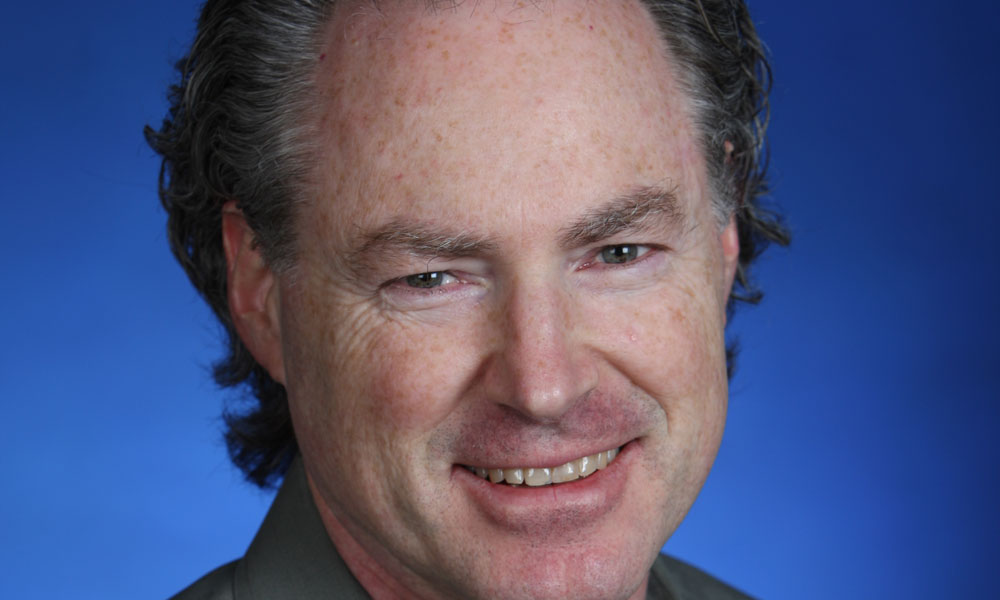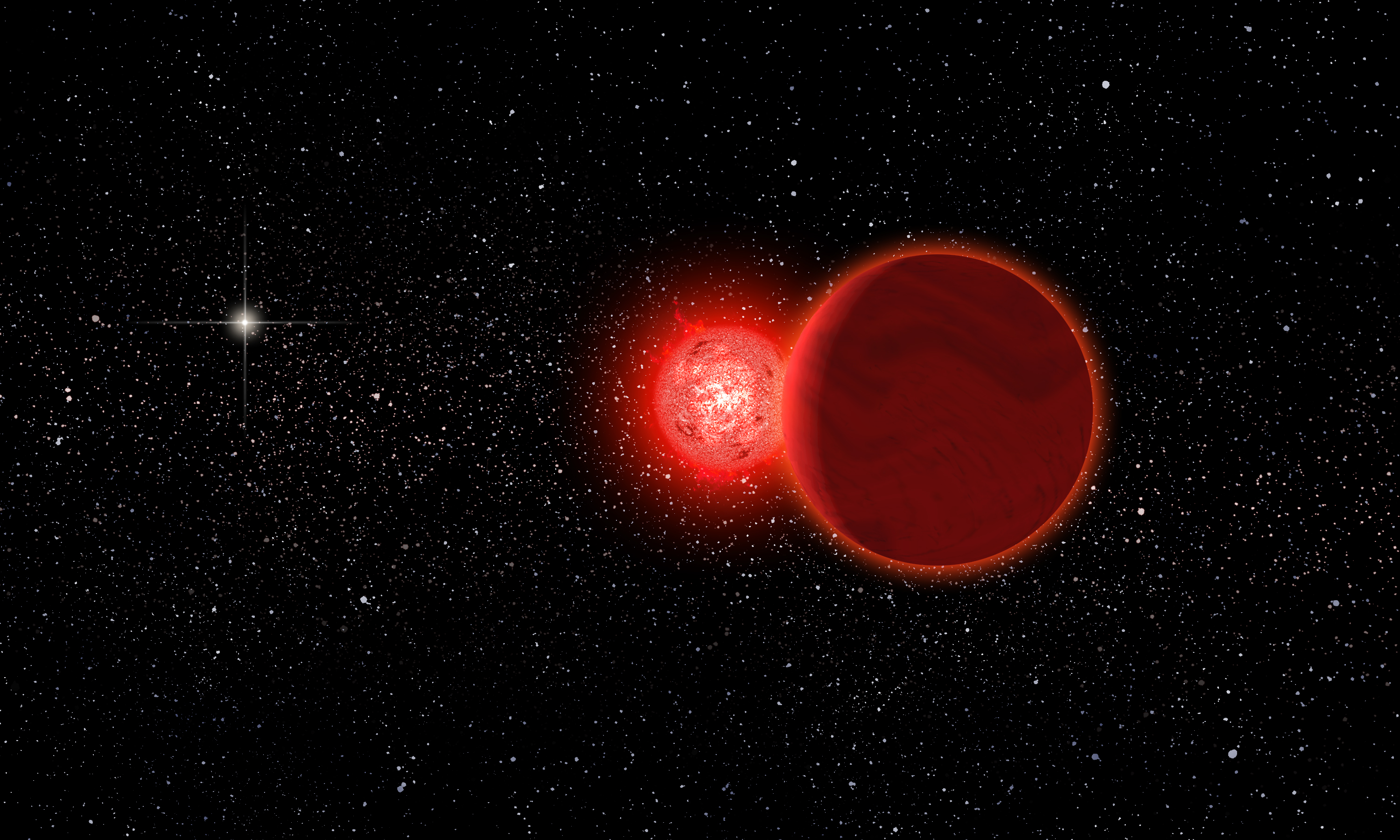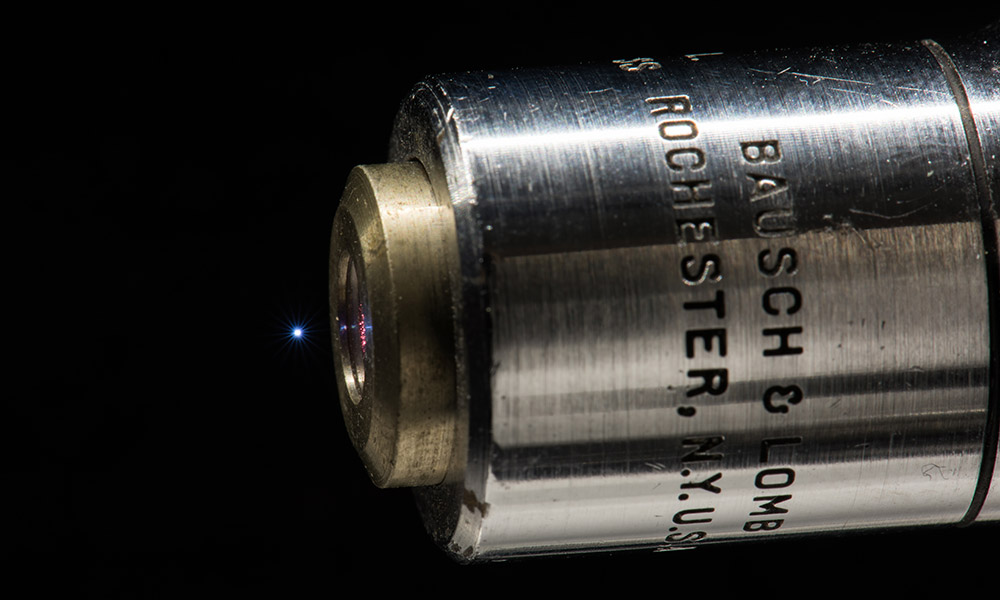
Science & Technology
Generating broadband terahertz radiation from a microplasma in air
April 24, 2015
Researchers in the Institute of Optics have shown that a microplasma created by focusing intense laser pulses in air emits not only visible light, but also electromagnetic pulses at terahertz frequencies that can be used to detect complex molecules, such as explosives and drugs.

